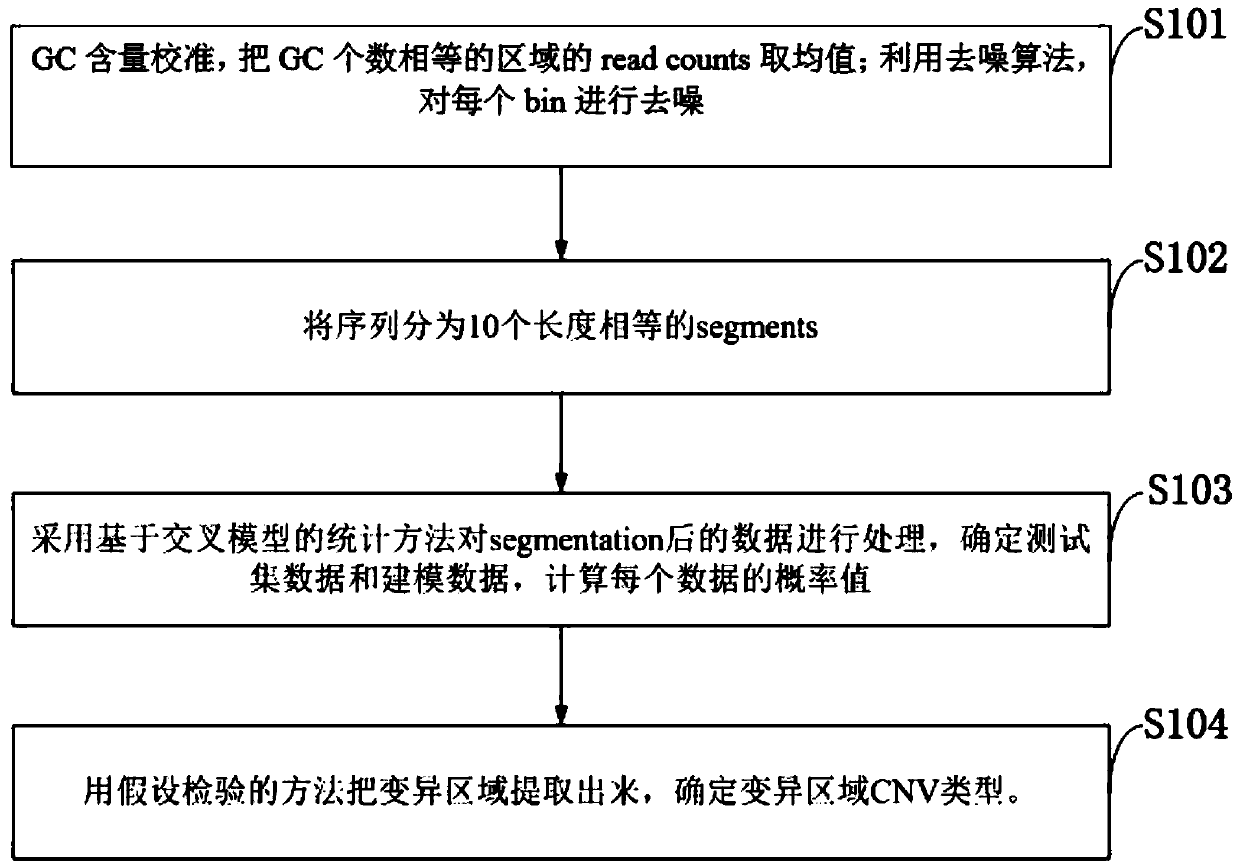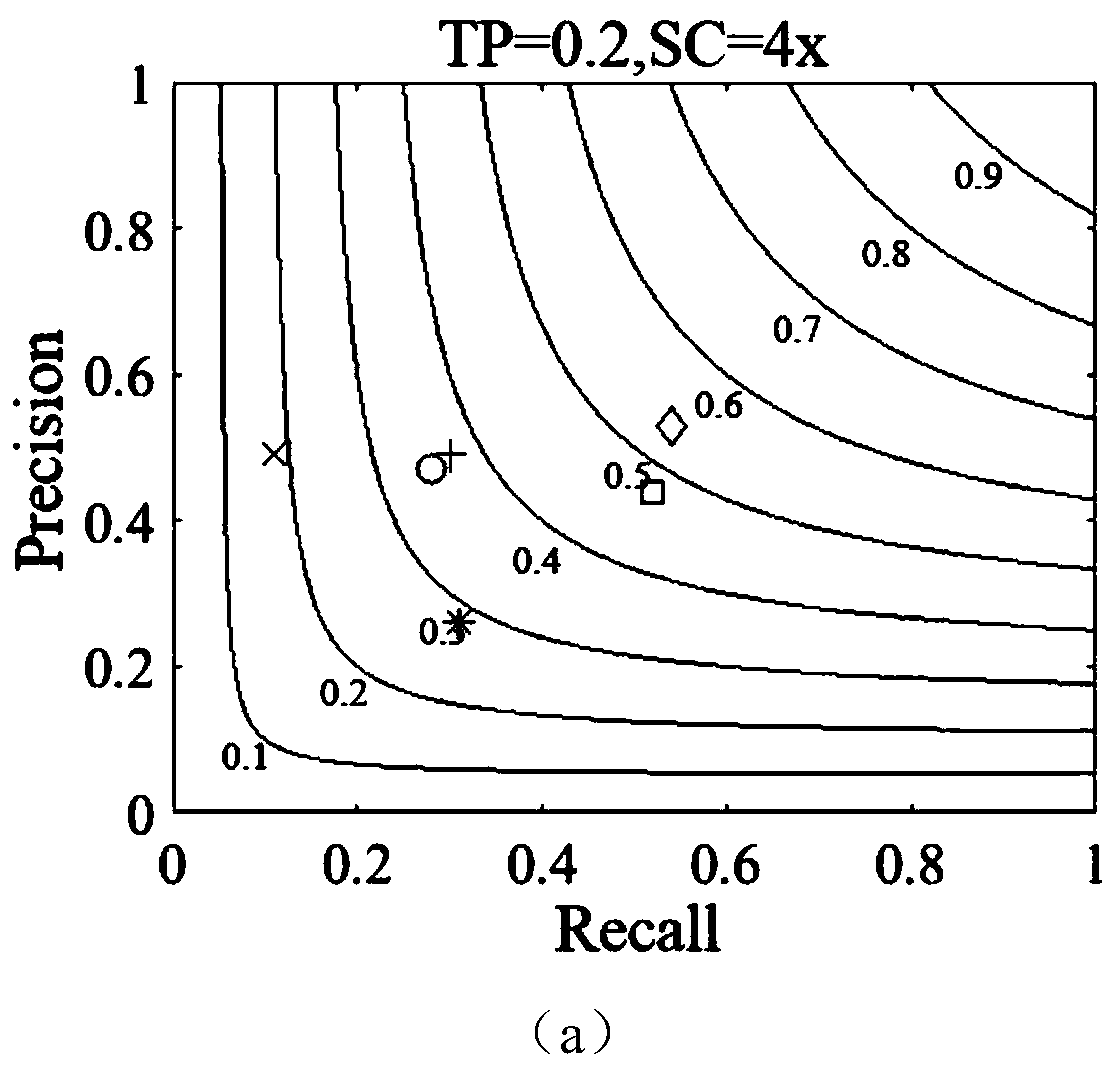Copy number variation detection method based on single-sample next-generation sequencing data
A copy number variation and next-generation sequencing technology, which is applied in the field of copy number variation detection based on single-sample next-generation sequencing data, can solve problems such as low accuracy and sensitivity, false positives, and low purity, so as to improve sensitivity and Accuracy, detection accuracy and efficiency, and excellent comprehensive performance
- Summary
- Abstract
- Description
- Claims
- Application Information
AI Technical Summary
Problems solved by technology
Method used
Image
Examples
Embodiment Construction
[0034] In order to make the object, technical solution and advantages of the present invention more clear, the present invention will be further described in detail below in conjunction with the examples. It should be understood that the specific embodiments described here are only used to explain the present invention, not to limit the present invention.
[0035]Aiming at the problem that the existing detection method is applied to the detection of samples with low coverage and low purity, the accuracy and sensitivity are low, and the false positive is high; the DOC-based copy number variation detection method is not sensitive to the detection of copy number deletion. For the detection of samples with low coverage and low purity, the present invention uses the DOC method to detect, especially, the difference between the missing signal and the normal signal is very small, and uses the preprocessing method to improve the ratio of the low signal and the difference between the hig...
PUM
 Login to View More
Login to View More Abstract
Description
Claims
Application Information
 Login to View More
Login to View More - R&D
- Intellectual Property
- Life Sciences
- Materials
- Tech Scout
- Unparalleled Data Quality
- Higher Quality Content
- 60% Fewer Hallucinations
Browse by: Latest US Patents, China's latest patents, Technical Efficacy Thesaurus, Application Domain, Technology Topic, Popular Technical Reports.
© 2025 PatSnap. All rights reserved.Legal|Privacy policy|Modern Slavery Act Transparency Statement|Sitemap|About US| Contact US: help@patsnap.com



